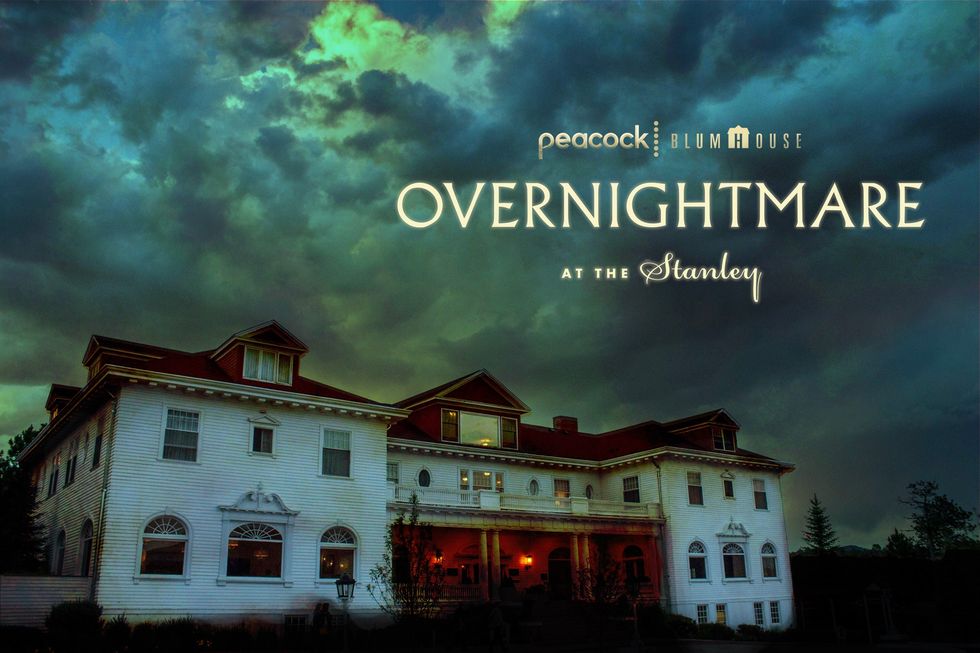Mad Systems Inc.,the award-winning audiovisual and interactive system designer and integrator, has made the third of three announcements scheduled for this week’s AAM Annual Meeting and MuseumExpo in Los Angeles, presenting data-driven visitor insights with AV++® Analytics, a new service set to transform museum analytics.
Museums, science centres, zoos, and attractions are unlocking a new era ofdata-driven decision-making. Mad Systems’ AV++ suite –QuickSilver®,Alice™, andCheshireCat™– providesgroundbreaking real-time visitor analyticsbeyond traditional attendance counts.
These technologies deliver rich insights likedwell times,time in galleries, overall museum visit duration, engagement levels,repeat visitation, andcrowd patternsin real time, empowering attraction operators to optimise every aspect of the visitor experience.
Real-time dwell time tracking
Example distribution of visitor dwell times at Mad’s Wonderland demo space. Real-time analytics capture how long guests engage with exhibits, from quick glances to extended immersion
Knowinghow long visitors spend at each exhibit (dwell time)is like having a pulse on engagement quality. AV++ systems continuously track visitor presence and duration at exhibits using sensors and recognition technology.
If guests tend to leave an exhibit after only a short time, that’s a clear signal that the content might not be captivating enough. Industry benchmarks suggest targeting healthy dwell times andretooling exhibit design if dwell time falls below the benchmark. Alice can quantify which displays truly hold attention.
Thisreal-time dwell trackingmeans curators no longer have to guess – they can instantly see which parts of an exhibit are thriving and which might need improvement.
True visitor behaviour insights
Beyond just counts, Mad Systems’ analytics deliverdeep visitor behaviour insights. CheshireCat facial recognition (which runs entirely on-site for privacy) can evenrecognise and remember returning visitors.
This enables attractions to measurerepeat visit rateswith unprecedented accuracy, not just via membership sales or surveys, but by seeing actual visitors come back again. For example, if 30-40% of visitors return for multiple visits, operators can quantify loyalty and engagement, and even identify which exhibits draw repeat interest. Combined with Alice’s AI, which notes what content each visitor interacted with, the system builds a rich profile of visitor preferences.
These behavioural insights (likeaverage engagement duration per exhibit and frequency of return visits) give museums a fact-based understanding of what guests value most.QuickSilver, Alice, and CheshireCat turn visitor behaviour into hard datathat museums can learn from.
“This trio not only enhances the visitor experience but also offers museums valuable insights into visitor behaviors and preferences, facilitating continuous improvement and innovation in exhibit design and content delivery."
Operational intelligence
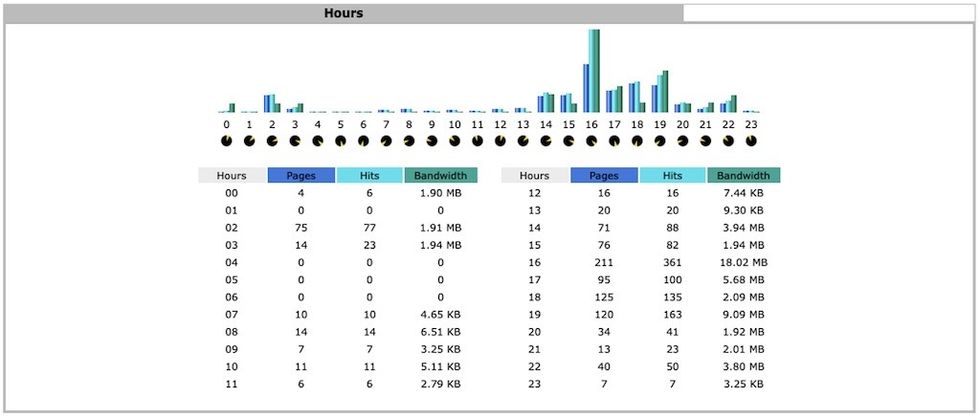
Mad Systems’ AV++ tech doubles as an operational intelligence system. By aggregating live data from entry sensors, cameras, and interactive touchpoints, itpinpoints peak hours, low periods, and “hot zones” on the floor.
Managers canmonitor peak and non-peak visitor traffic by hour, day, or seasonin real time. For instance, you might discover a consistent mid-afternoon surge in one gallery, or that Mondays have 50% of the visitors of Saturdays. With QuickSilver handling dozens of data streams simultaneously, such patterns emerge clearly.
Since the data is in a SQL database, it is possible to generate heatmaps of visitor movement, revealing which exhibit areas are most popular and which are underutilised. Zone analytics and heatmaps track visitor flow and dwell time throughout a venue, identifying which areas draw crowds and which are underperforming.
Using this data, attractions canunderstand why certain zones shineand adjust those that don’t. Mad Systems’ platform uses exactly this approach –real-time data on visitor location and occupancy– to adapt operations on the fly. If one wing is getting crowded, the system could use AV++, or cue staff to redirect visitors or offer timed recommendations, smoothing out traffic.
In essence, AV++ delivers a command centre view of the venue:when and where people go, how long they stay, and where bottlenecks form, all updated live.
Data-driven decision making
Mad Systems’ analytics cantransform decision-makingin museums and attractions. With solid data, teams can make informed changes that elevate efficiency and visitor satisfaction. Here are a few key areas revolutionised by real-time visitor analytics:
Exhibit design and content
Data on engagement duration and exhibit popularity guides exhibit development. If an exhibit’s dwell times lag, it’s a prompt to redesign content or interactivity. Conversely, if one installation sees heavy repeat visits or extended stays, that success can be replicated elsewhere.
Identifying themost and least viewed exhibitslets museumsjustify the need for expansions or renovations with evidence. As the AV++ system highlights what resonates with visitors, designers can tweak or upgrade exhibits to better serve the audience’s interests.
Staffing and operations
Peak-hour analytics enable smarter staffing. Rather than relying on static schedules, museums can align staff presence with visitor flow. For example, if data shows 11 am–2 pm is the busiest window in the science lab area, management can deploy more guides or facilitators there during those hours.
This ensures visitors get help when needed and prevents staff from being underutilised during slow times. Automated people counting eliminates the need for manual attendance tracking and directlyoptimises staff scheduling based on real traffic patterns. The result is a more efficient operation that still maintains excellent guest service.
Funding proposals and stakeholder reporting
Nothing makes a better case to funders than hard data. With QuickSilver analytics, museums can pull reports showing, for instance,annual visitor engagement statistics, peak usage times, and growth in repeat attendance. These metrics provide compelling evidence of an exhibit’s impact and a museum’s reach.
Operators canreport visitor engagement stats to support fundingneeds - for example, demonstrating that a new exhibit attracted 20% more visitors and doubled the average dwell time can strengthen a grant proposal. Data-driven stories of success help stakeholders and potential sponsors visualise the return on their investment in museum programs and expansions.
Visitor experience and satisfaction
Ultimately, leveraging data improves the guest experience. When exhibits are tailored based on what visitors do (and enjoy) on-site,visitor satisfaction rises.
For instance, analytics might reveal an overcrowded gallery where visitors leave quickly: a sign that the experience is suffering. By spotting this, operators can take action (adjust the layout, add more interactive elements, or use Alice to provide dynamic content) to make that space more engaging and comfortable.
Conversely, identifying “hot spots” of engagement lets museums enhance them further or replicate their elements elsewhere. As one analytics report noted for retail spaces, optimising layouts and offerings using visitor flow data can“drastically increase customer satisfaction”- the same principle applies in museums.
Bycontinuously tuning the experience through data(potentially even in real time during the day), attractions ensure guests feel their time is well spent, leading to positive reviews and return visits.
An analytics powerhouse
Mad Systems’QuickSilver, Alice, and CheshireCatarchitecture makes this possible as anintegrated, privacy-conscious analytics powerhouse.
The system seamlessly ties together identification (without storing personal info – instead of visitor names as in our example, this could be an alphanumeric identifier), content delivery, and data collection. Every interaction – a visitor pausing at an exhibit, a returning guest recognised, a gallery reaching capacity – feeds into a live analytics engine.
The result is actionable intelligence that museum professionals can use tofine-tune exhibits, allocate resources wisely, and plan confidently for the future.
"This data-driven approach takes the guesswork out of improving museums and attractions," says Mad Systems. "In a competitive environment where visitor expectations are higher than ever, such real-time insights are truly game-changing.
"Armed with AV++ analytics, museums can transform raw visitor data into better exhibits, smarter operations, stronger funding cases, and happier visitors, a win-win for both institutions and the audiences they serve."
Yesterday, Mad Systems revealed a new patented technology, Alice OnBoard, the next evolution of its patented Alice visitor personalisation platform. Earlier this week, the firm also announced QuickSilver Retrofit, created to help institutionsbreathe new lifeinto their galleries and exhibits.
Charlotte Coates is blooloop's editor. She is from Brighton, UK and previously worked as a librarian. She has a strong interest in arts, culture and information and graduated from the University of Sussex with a degree in English Literature. Charlotte can usually be found either with her head in a book or planning her next travel adventure.
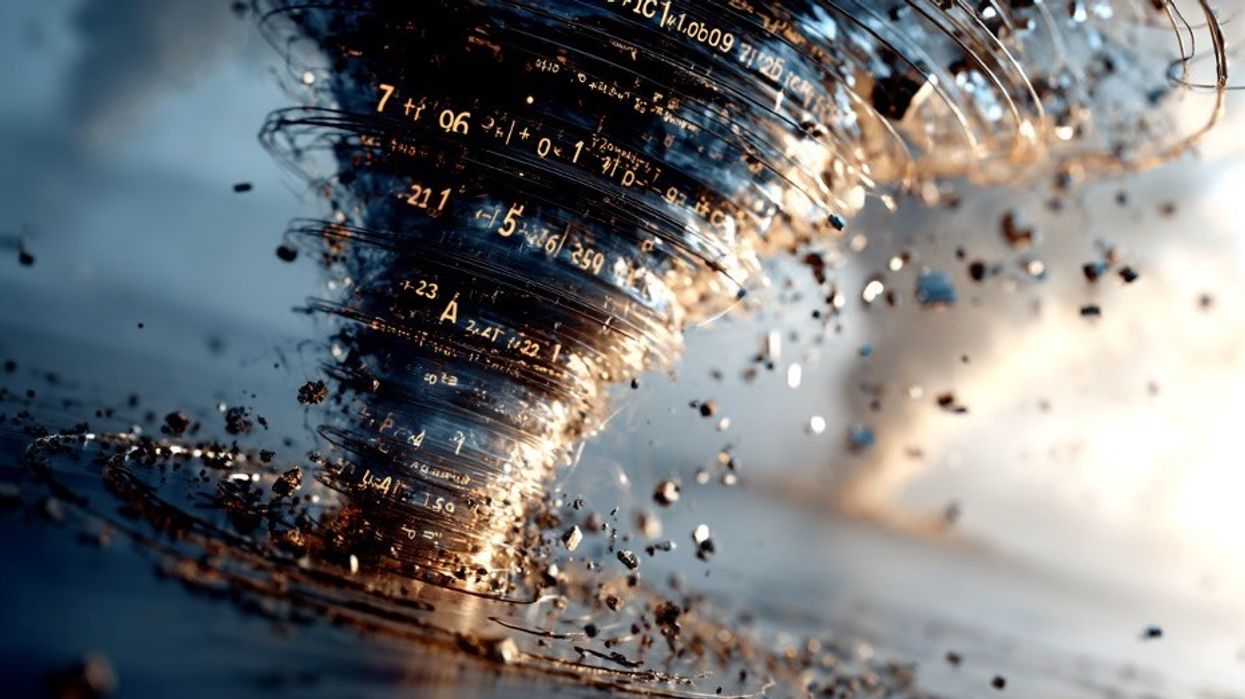



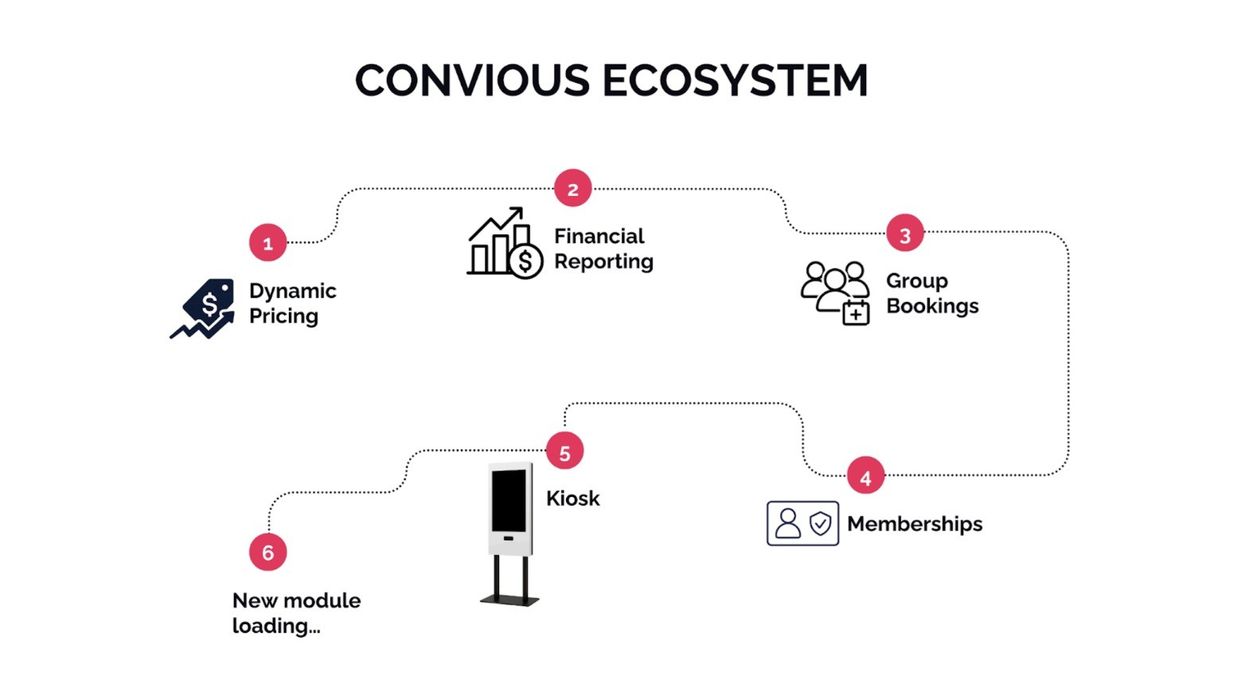





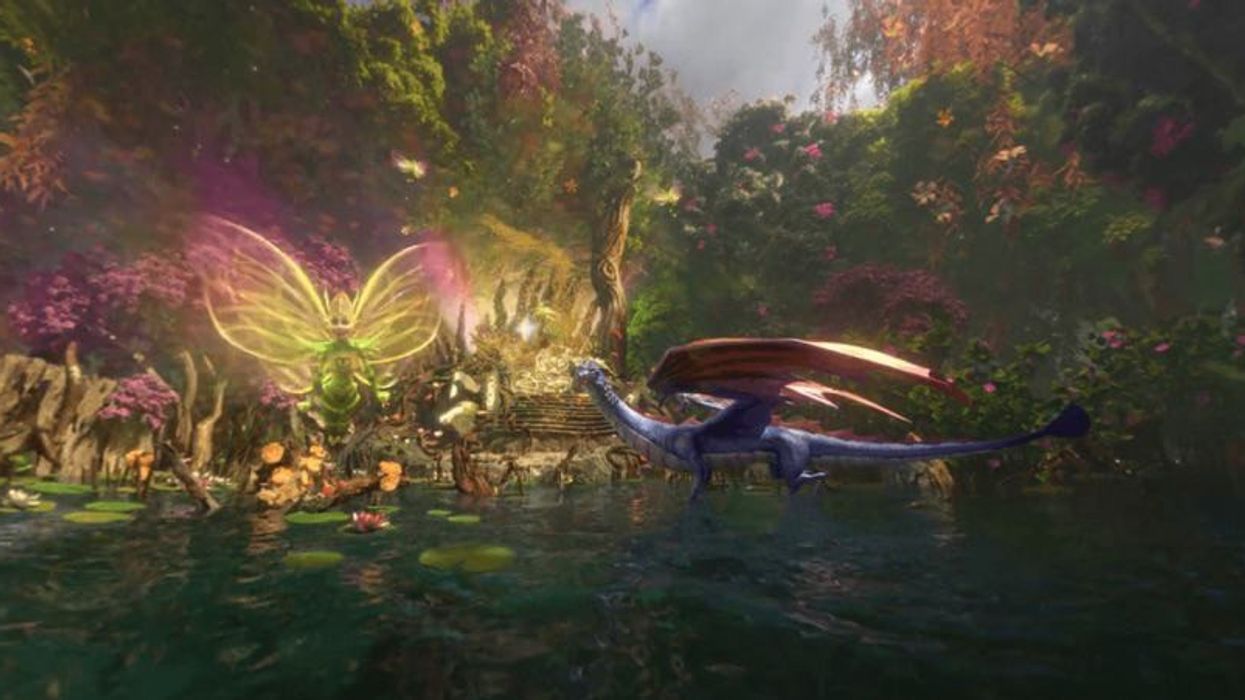

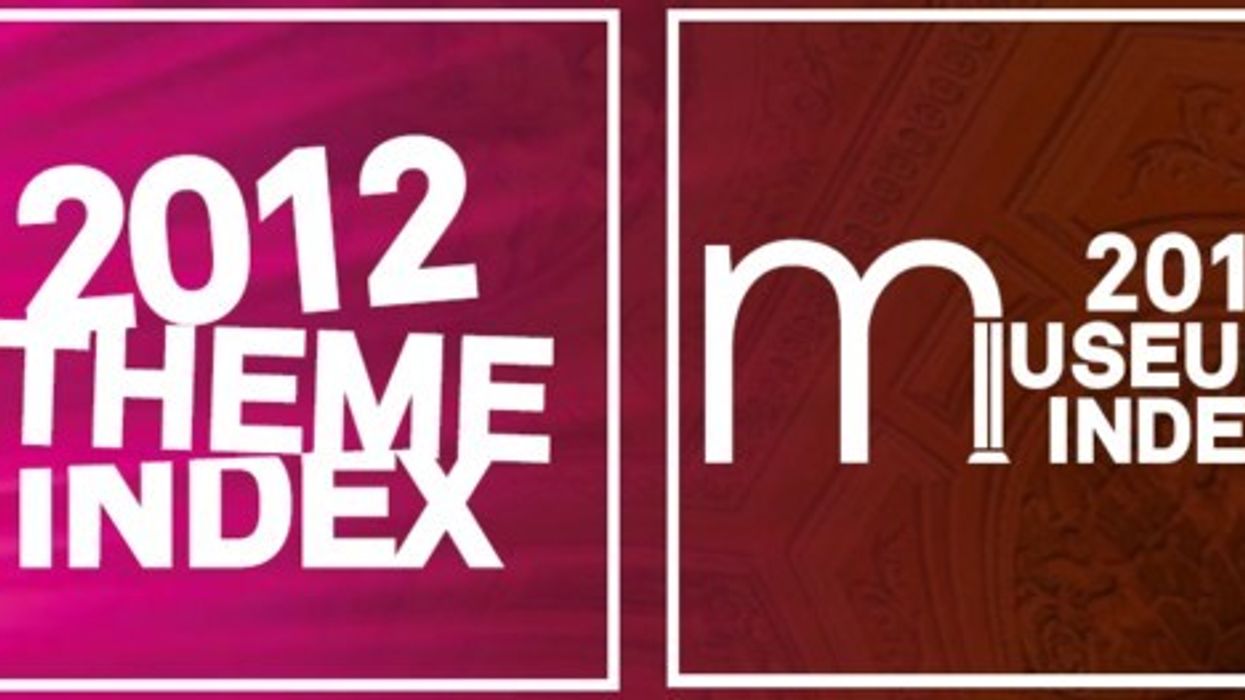
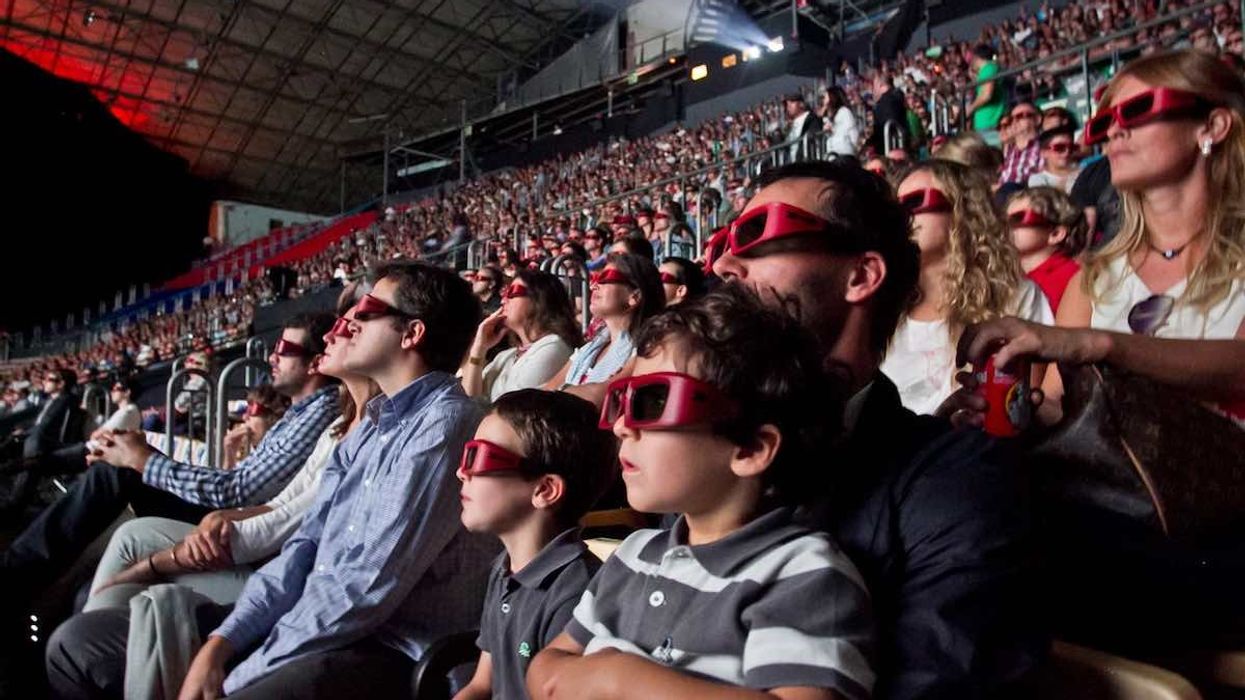
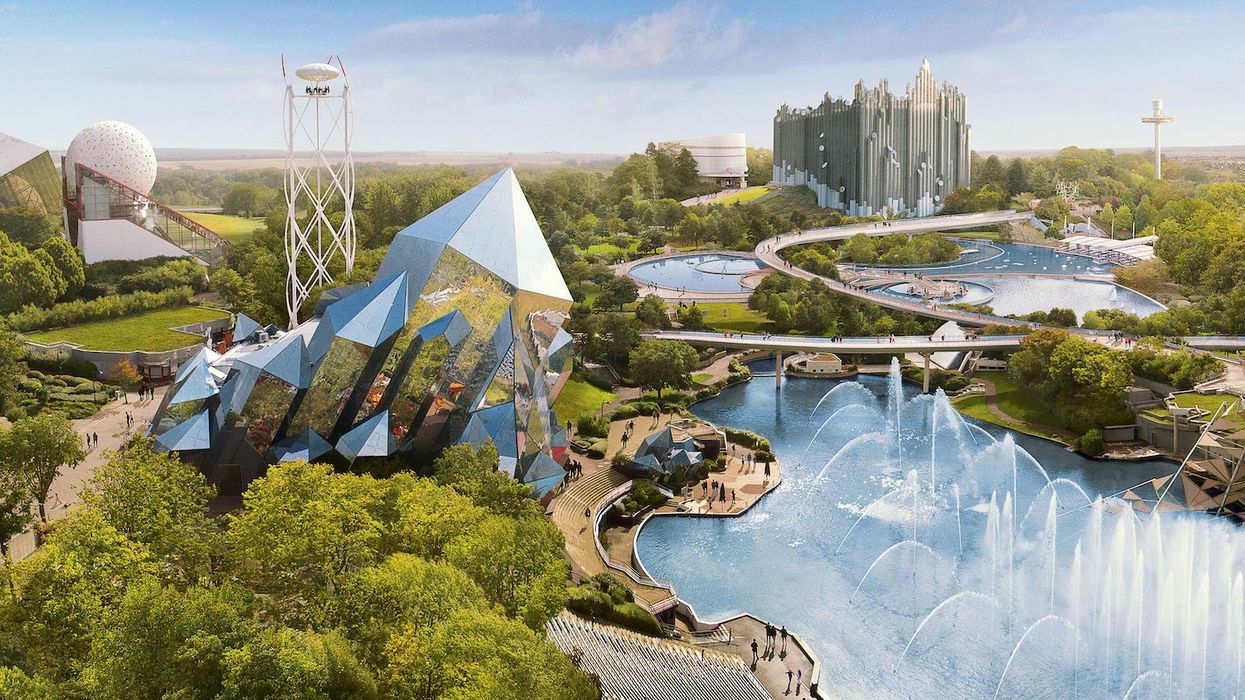
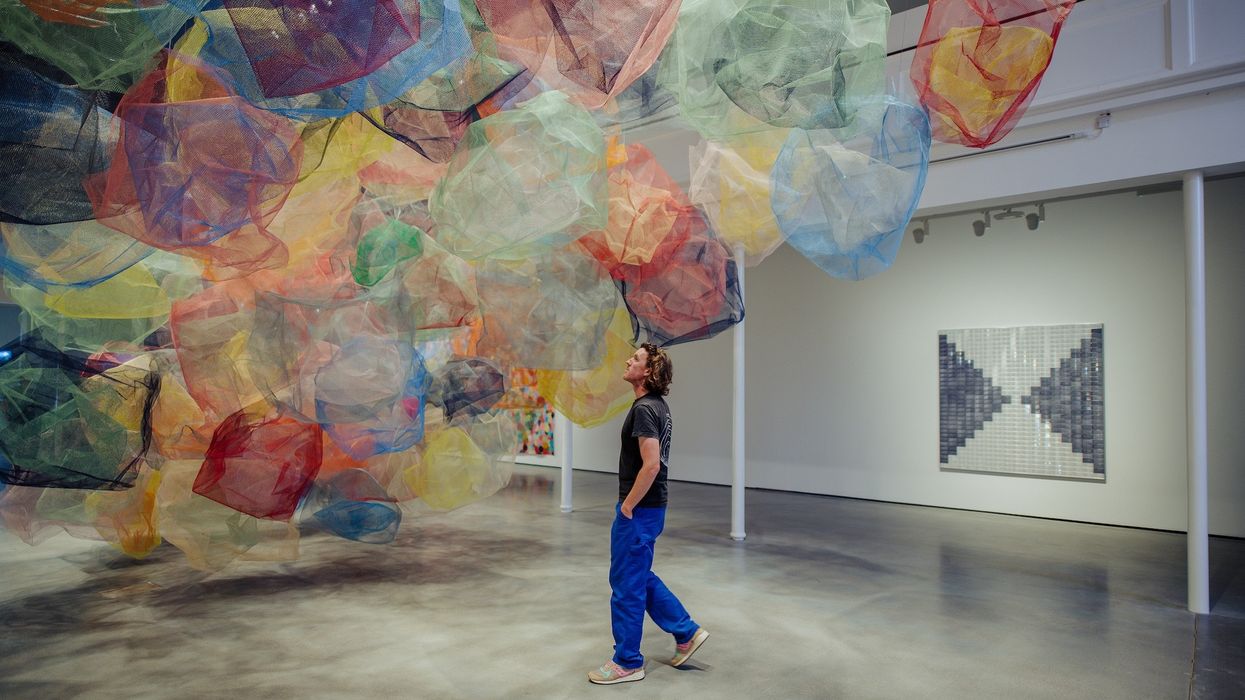
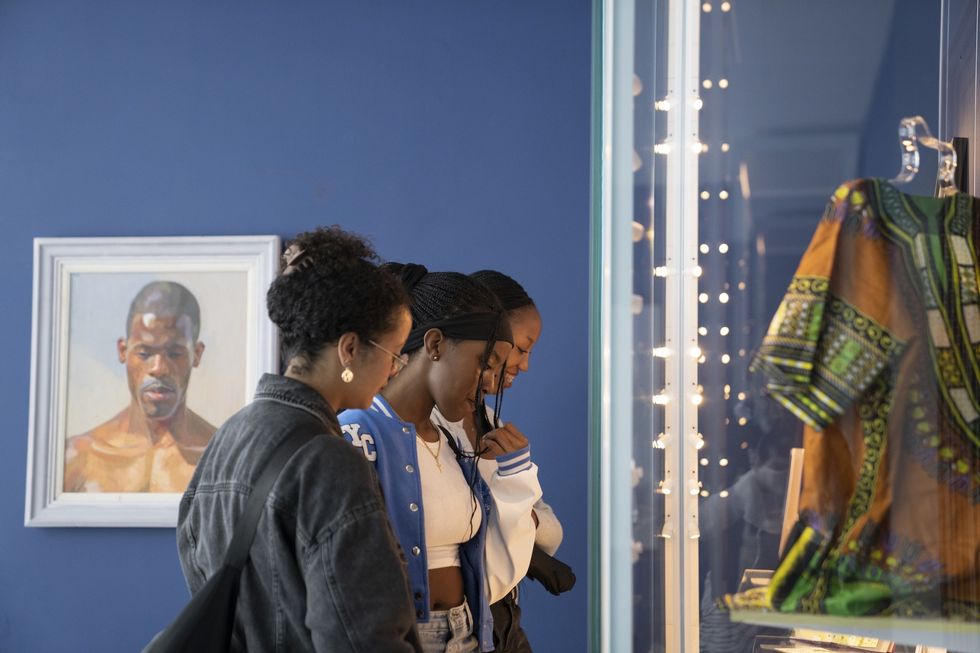
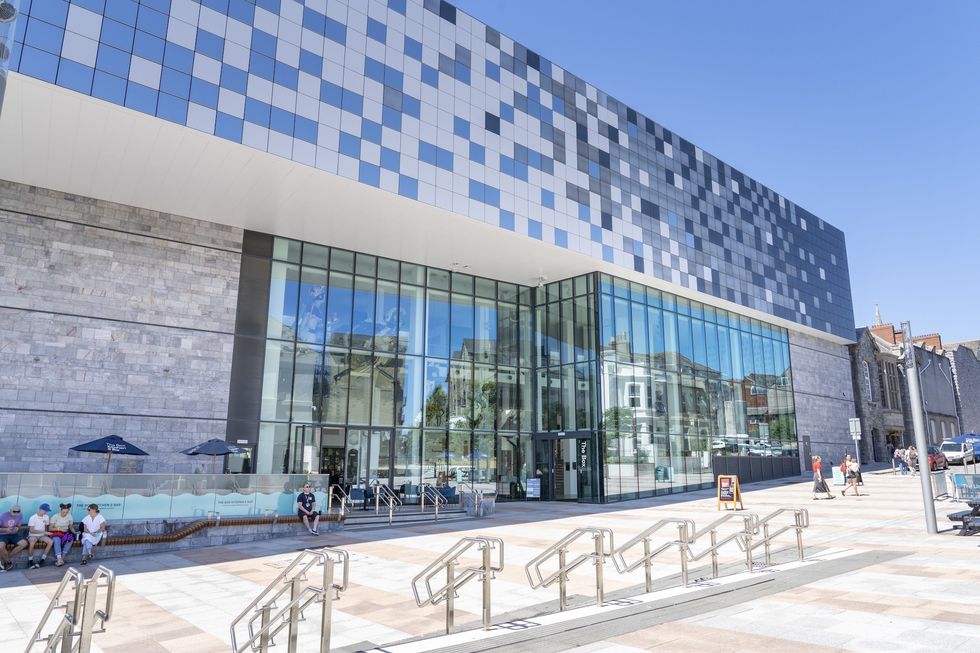

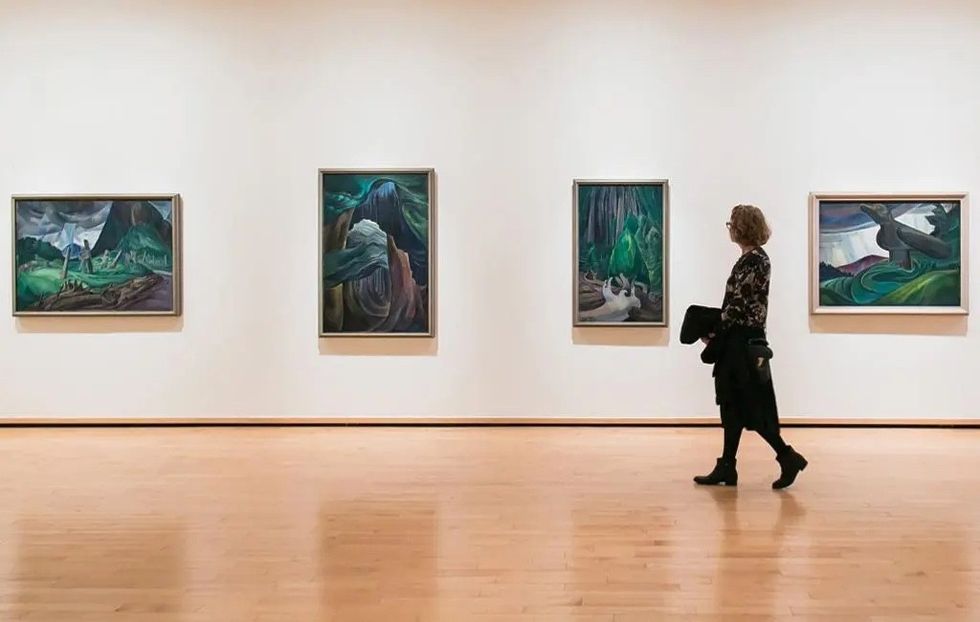
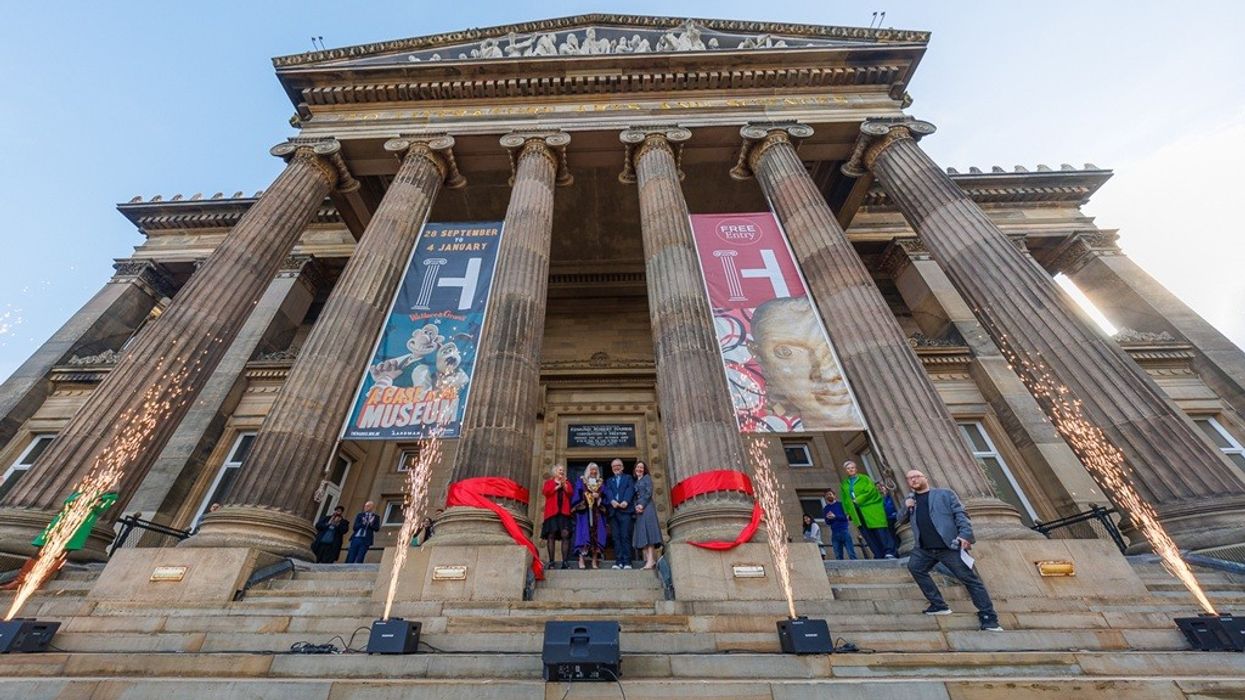
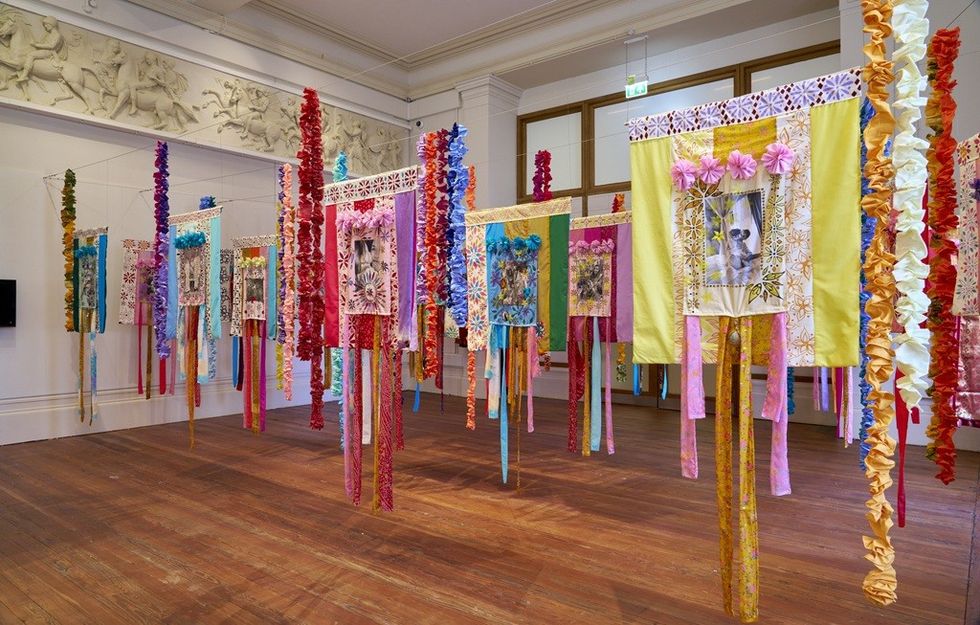 Courtesy Simon Critchley Photography
Courtesy Simon Critchley Photography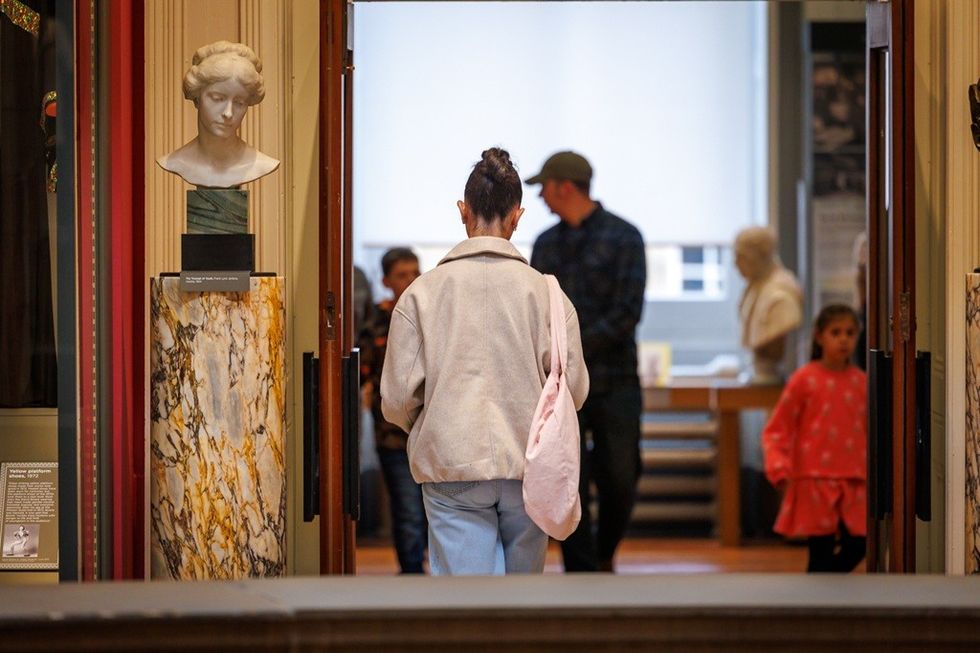 Courtesy Michael Porter Photography
Courtesy Michael Porter Photography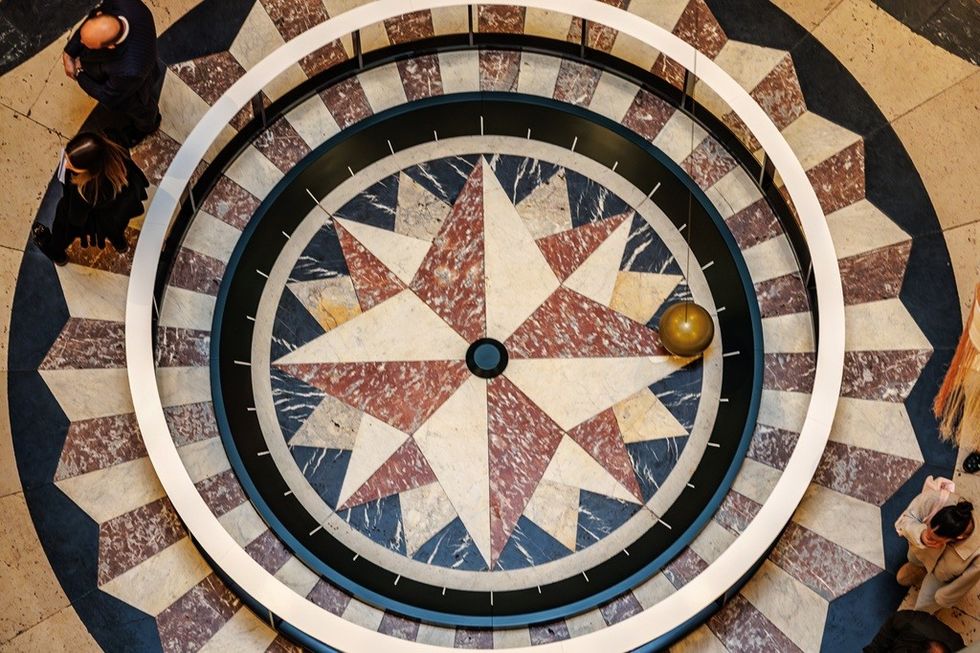 Courtesy Michael Porter Photography
Courtesy Michael Porter Photography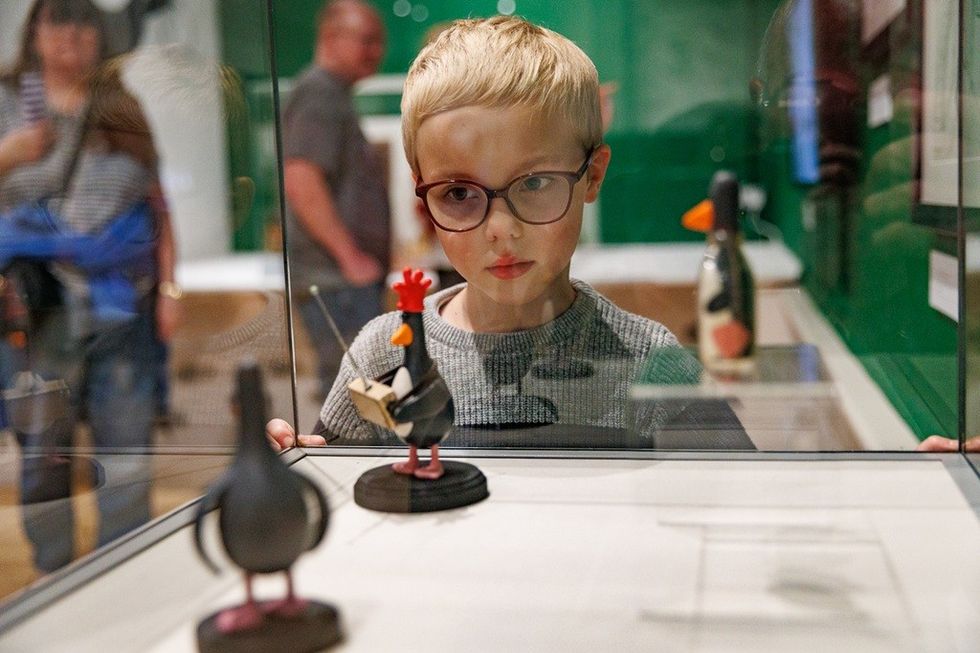 Courtesy Michael Porter Photography
Courtesy Michael Porter Photography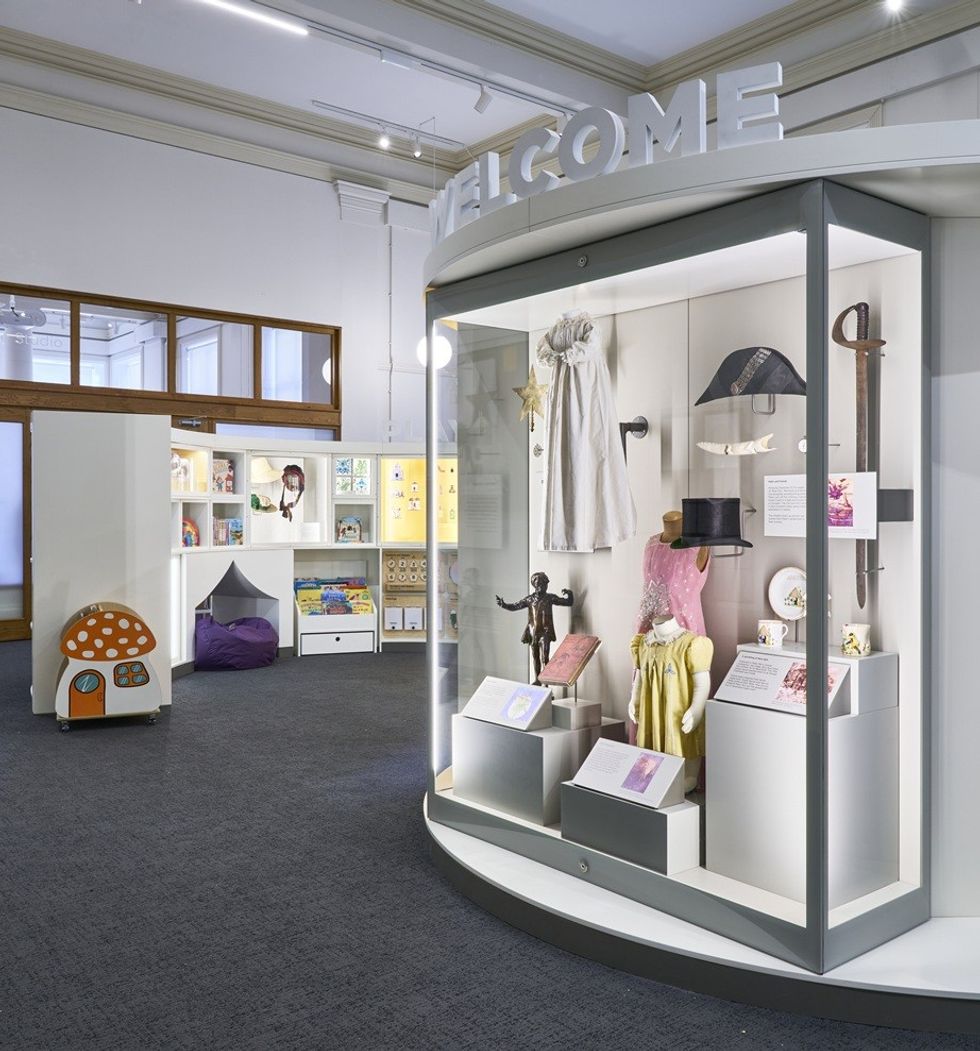 Courtesy Simon Critchley Photography
Courtesy Simon Critchley Photography Courtesy Michael Porter Photography
Courtesy Michael Porter Photography

